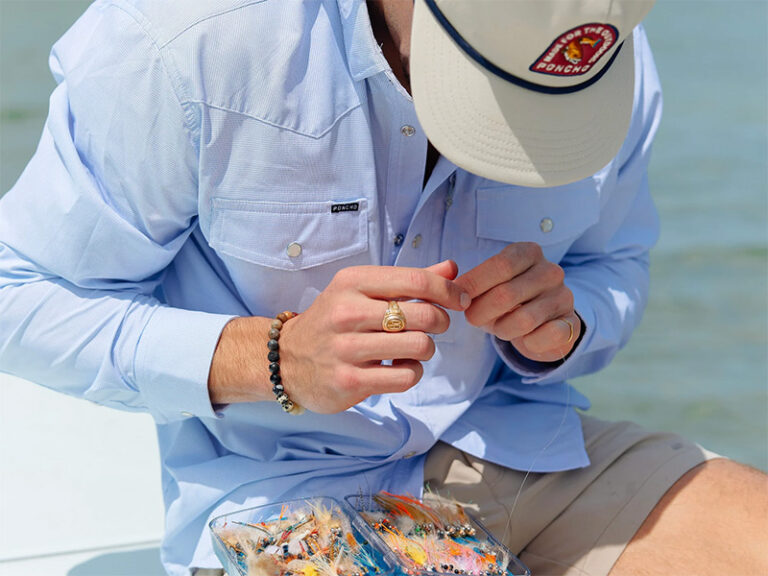IMAGINE THROWING ON A backpack and walking from Glacier National Park in Montana to Olympic National Park on Washington’s coast in one long 1,200 mile hike. An increasing number of long-distance hikers are making that trek each year. Day hikers who aren’t up for a three- or four-month slog are also ticking off segments of the trail section by section over a period of years. The reason is the recent publicity surrounding the newest of American long trails: the Pacific Northwest Trail (the PNT).
In 2009, the PNT, which connects the Continental Divide Trail (CDT) in the Rockies to the Pacific Crest Trail (PCT) in the Cascades, was granted National Scenic Trail status by Congress. This designation, which is reserved for the nation’s Crown Jewel hiking trails, includes a half dozen other long, exceptionally scenic routes like the PCT, CDT and Appalachian Trail (AT). The recent attention from Congress has touched off a wave of publicity and interest in the trail, including great coverage in this year’s March issue of Backpacker magazine. Time will tell if the good PR will translate into more hikers setting off for a 1,200 mile walk on a trail that was nearly four decades in the making.
ROOTS OF THE TRAIL DATE BACK DECADES
Ron Strickland, an easterner who was drawn west by the mountains, wilderness and trails after hiking part of the PCT, dreamed up the idea of a new long trail that would become the Pacific Northwest Trail. He began taking steps to make his dream a reality in the early 1970s and spent the next thirty plus years hiking, route finding, promoting, lobbying and writing several additions of a guidebook for the trail. He documents this quest in his new book, Pathfinder: Blazing a New Wilderness Trail in Modern America, which was published last year.
Strickland describes his book as a “backcountry stew where the hiker chef has thrown in as many tasty ingredients as possible, not necessarily in any particular order.” That’s an apt description for a text that travels some diverse topical terrain: part memoir; part historical and cultural narrative; and of course plenty of hiking history, trail musings and accounts of the politics involved with such a huge project. The 1968 National Trails System Act set the stage for protecting future trails like the PNT, but as Strickland found out, getting a new trail added to the system required Congressional action and would not be easy.
That daunting task wasn’t yet on Strickland’s radar screen as he pieced together the PNT route. “Unbelievable as it seems to me now,” Strickland writes, “I went AWOL from grad school in the summers of 1970-1973 to begin piecing together an east-west route from Montana, through Idaho to Washington, using everything from bushwhacks to unmaintained abandoned pathways and drovers’ tracks.” Strickland’s path-finding work convinced him that his route across the Pacific Northwest was not only possible but would become a world-class, long-distance classic.
In 1976, after locating routes, forming a PNT Club, raising funds, lobbying and pulling a few political strings, a trail study bill was introduced in Congress. Strickland was full of youthful optimism. “I was fully confident that they would urge Congress to add the trail to the National Trails System,” he writes. Unfortunately with little on-the-ground community support and a concept route that “lacked signs, blazes, and, sometimes, even tread,” the trail was shot down, amazingly enough, largely by preservationists who argued against the trail because of perceived impacts to wilderness.
ENDLESS PRESSURE ENDLESSLY APPLIED PAYS OFF
Instead of giving up, Strickland charged ahead, determined to build the trail himself if he had to. Over the next several decades, he befriended locals, recruited help to get new sections of the trail put in, and, wisely, founded the Pacific Northwest Trail Association (PNTA) to help make the trail real both in peoples’ minds and out on the ground. All of Strickland’s efforts and the grassroots work of the PNTA paid off; it just took a little longer than expected. Today just north of Spokane the PNT meanders west from Montana through many of our favorite places, like the Selkirk Crest, the Upper Priest area, the Salmo Priest Wilderness, Abercrombie Mountain, the Kettle Range, and onward to the Cascades, beckoning to be hiked.
WHAT’S NEW ALONG THE PNT?
Earlier this month I called Strickland to find out what’s new with the PNT and how much use the trail is seeing these days.
“About a half dozen or more people have been thru-hiking the entire trail every year recently,” he says. “But with the recent Backpacker article, and a new book about the PNT by outdoor writer Chris Townsend coming out this summer, I expect a surge of interest in the trail this year and more people attempting to hike the whole thing.”
He also noted that he’s hoping to revise the guidebook again soon, which should also increase interest in the trail.
I also had a selfish reason for wanting to interview the founder of the PNT. For the past five years, I’ve been piecing together a new long-distance trail route like the PNT—except it’s a loop trail through the Inland Northwest that starts and ends in Spokane, and I wanted some advice.
Strickland was excited to hear about my proposed Inland Northwest Trail (INT) that would share trail miles with the PNT across the Idaho Panhandle and offered this advice: “Tell everyone you meet about your trail. Attract people to hike parts of the trail by getting articles published and other media attention. Form a friends group to support the idea and help build local, grassroots support.” Read more about my INT proposal at www.inwtrail.org.
For more information, visit the Pacific Northwest Trail Association online at pnt.org.
Additional PNT Resources:
• The Pacific Northwest Trail Guide, by Ron Strickland, 2001, Sasquatch Books, Seattle
• Pathfinder: Blazing a New Wilderness Trail in Modern America, by Ron Strickland, 2011, Oregon State University Press
• OTM May 2010 article that highlights some PNT hiking trip suggestions













